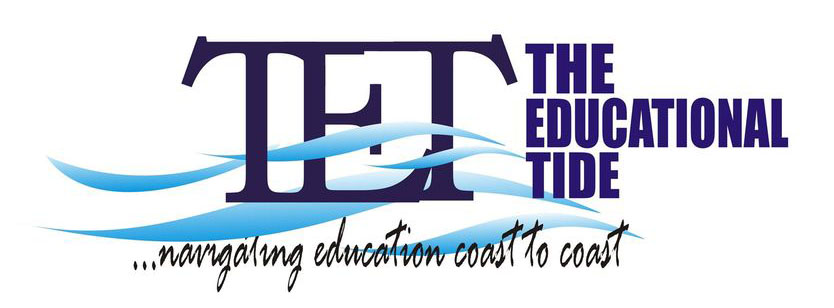In recent years, technology has had a significant impact on the way we learn and teach. From online courses to virtual classrooms, technology has changed the face of education. However, the impact of technology on education is a complex issue that elicits different opinions. In this article, we’ll explore the pros and cons of technology in education.
Pros:
- Increased Access to Information: Technology has made it possible for students to access a wealth of information online. With just a few clicks, students can access online resources, videos, and articles on any topic they want to learn. This access to information has made learning more accessible and convenient, especially for students who live in rural areas or lack access to physical libraries.
- Improved Collaboration: With technology, students can work together on projects, share resources, and communicate in real-time from anywhere in the world. This increased collaboration can lead to better understanding, improved learning outcomes, and a more interactive learning experience.
- Flexibility: Technology has made it possible for students to attend classes, take exams, and complete assignments from anywhere in the world. This increased flexibility allows students to study at their own pace and make education more accessible to those who can’t attend traditional brick-and-mortar schools.
- Personalized Learning: Technology has the potential to personalize education to meet the needs of each individual student. For example, using machine learning algorithms, online learning platforms can analyze student performance and provide tailored instruction to help them succeed.
Cons:
- Disruptions in Classroom Environment: The use of technology in the classroom can sometimes be disruptive and divert students’ attention away from learning. Students may spend more time playing games or browsing social media than paying attention to the lesson.
- Limited Interaction: Technology-based education can lack the human interaction and personal connection that is essential for effective learning. While virtual classrooms and online courses can provide information and resources, they can’t replace the interaction and feedback students receive from a live teacher.
- Inequality in Access: Technology can exacerbate existing inequalities in access to education. Students who come from low-income households or rural areas may not have access to the technology they need to participate in online learning, putting them at a disadvantage.
- Addiction and Distraction: Technology has made it easier for students to become distracted and addicted to screens. This can lead to problems such as decreased attention spans, sleep deprivation, and decreased physical activity, which can negatively impact their overall health and well-being.
In conclusion, technology has had a significant impact on education, both positive and negative. While technology has made learning more accessible and convenient, it has also created new challenges, such as limited interaction and inequality in access. As with any tool, it is essential to use technology in education in a balanced and thoughtful way to maximize its benefits and minimize its drawbacks.














